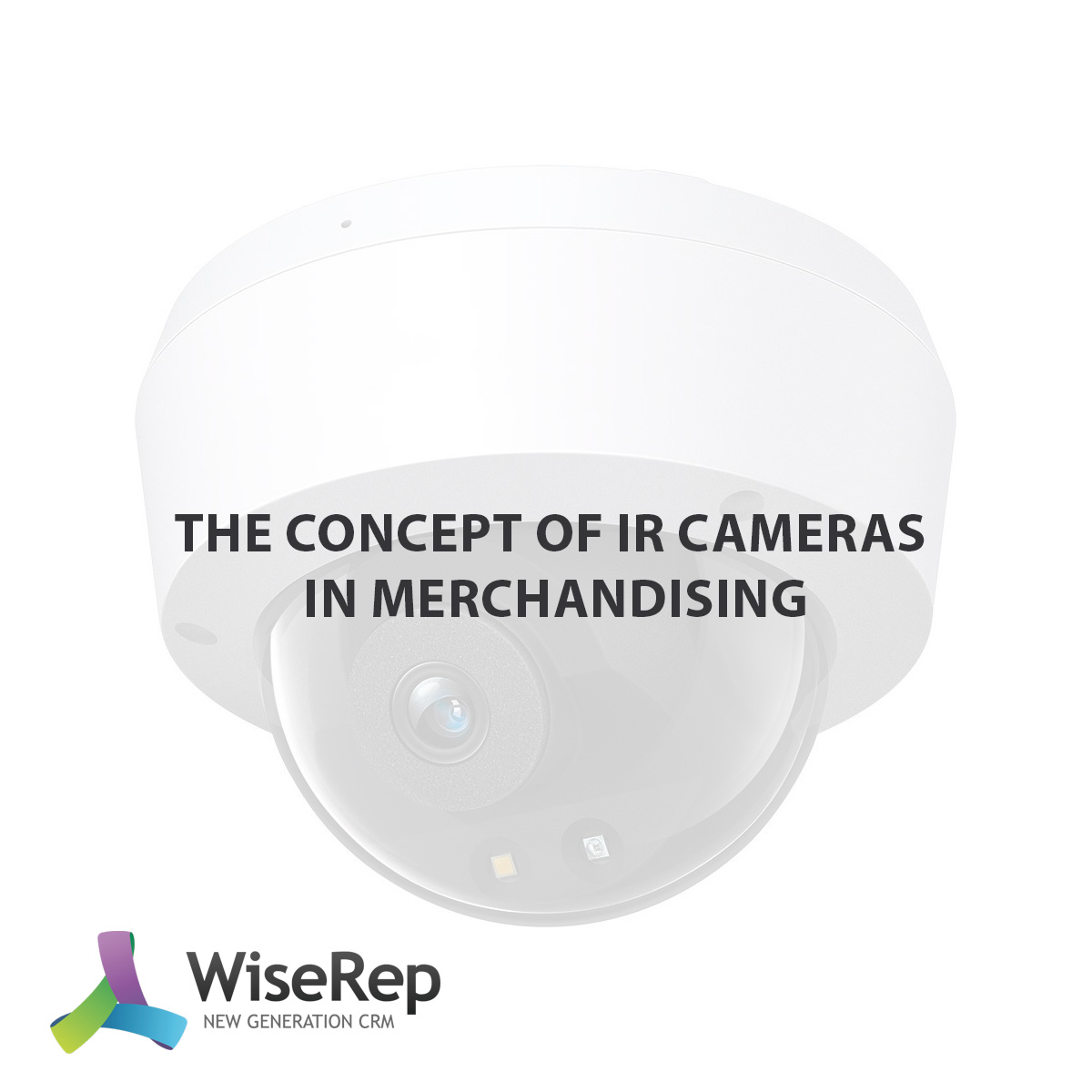In modern merchandising, technology plays a key role, and one of the advanced technologies is the use of IR (Infrared) cameras. These devices collect real-time data about products on shelves, contributing to more effective inventory management and product placement optimization.
Principle of IR Camera Operation in Merchandising
IR cameras use infrared radiation to capture images of objects, allowing them to operate in low-light conditions or even complete darkness. In the context of merchandising, IR cameras can be used for monitoring shelves and analyzing product placement.
Applications of IR Cameras in Merchandising
- Monitoring Shelf Stock: IR cameras can automatically determine which products are present on the shelf and in what quantities.
- Monitoring Display Standards: Using IR cameras, it is possible to check whether product placement meets established standards.
- Shelf Space Analysis: IR cameras help determine how much shelf space a particular product occupies, which is important for space optimization.
- Price Tag Control: IR cameras can be used to check the relevance and visibility of price tags on products.
Advantages of Using IR Cameras
- Real-Time Data Collection: Enables timely response to changes on the shelves and prompt replenishment of stocks.
- Increased Data Accuracy: Infrared cameras reduce the likelihood of errors in data collection about products.
- Optimization of Work Time: Automating the data collection process reduces the time needed for reporting and analysis.
IR camera technology in merchandising opens new opportunities for retailers, allowing them to manage products on shelves more effectively and increase customer satisfaction by optimizing the assortment and improving the visual representation of products. This innovative tool can significantly enhance merchandising processes and contribute to sales growth.
